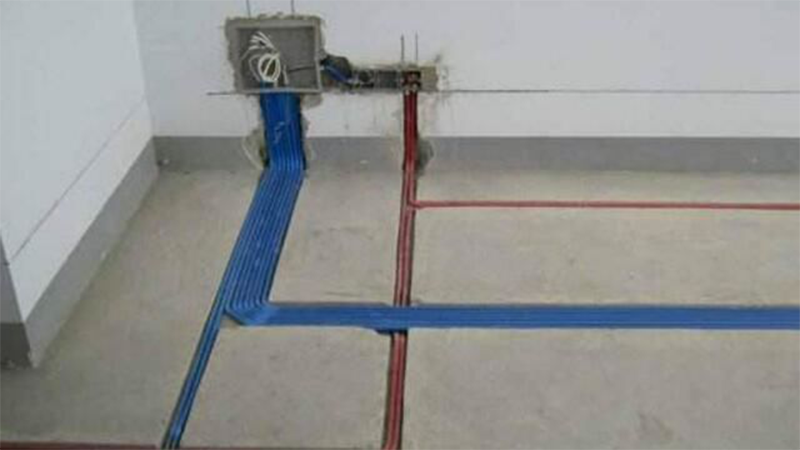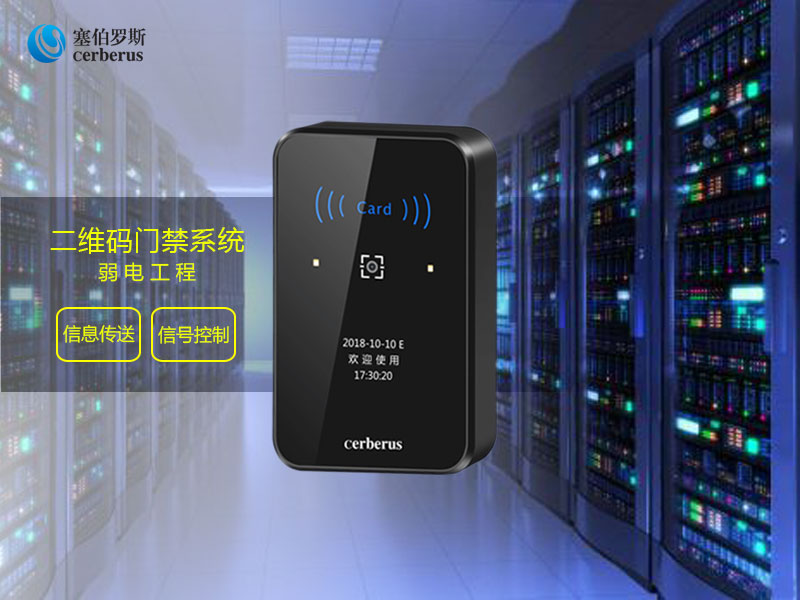The two-dimensional code access control system belongs to the weak electricity project. Recently, the after-sales technicians of Sebrus found the signal interference technology problem caused by the combination of strong and weak electricity when the user wiring. In fact, our friends who do weak electricity know that strong power and weak wiring are to be separated.
Strong electricity is used to transmit power energy. It is characterized by high voltage, large current, high power, low frequency, and great harm to people. It has a magnetic field around it. Weak current is used for information transmission and control. It is characterized by low voltage, low current, low power and low frequency, which is not enough to cause fatal damage to people. If the wiring distance is too close, it will affect the weak signal. For example: If it is a TV line, the signal will not be very clear. If it is an electric hua line, the electric hua will have a noise. If it is a network cable, the network transmission speed will be affected. Therefore, in the case of strong and weak electrical wiring, it is necessary to follow the distance requirements of strong electric weak wiring:

A. User cables cannot be bundled (bundled) with high voltage (AC>1000V, DC>1500V) cables. The terminal of the communication cable is at a minimum distance of 450 mm from the terminal of the high voltage cable.
B. User cables are generally avoided (bundled) with low voltage (AC<1000V, DC<1500V) wires. The terminal of the communication cable and the terminal of the low voltage wire (in the case of a strong spacer) are at a minimum spacing of 150 mm.
C. The user cable may allow for (bundling) routing with ultra low voltage (AC < 42.4V, DC < 60V) wires without the need for a gap in the terminal.
D. User cables should be separated from some harmful equipment (such as: lightning arresters, corrosive fluids, objects with temperatures above 60 ° C, etc.), and the spacing must not be less than 15 mm.
In this way, the two-dimensional code access control will not cause technical problems caused by signal interference.
In the simplest terms, 5-axis machining involves using a CNC to move a part or cutting tool along five different axes simultaneously. This enables the machining of very complex parts, which is why 5-axis is especially popular for aerospace applications. However, several factors have contributed to the wider adoption of 5-axis machining. These include: A push toward single-setup machining (sometimes referred to as [Done-in-One") to reduce lead time and increase efficiency
The ability to avoid collision with the tool holder by tilting the cutting tool or the table, which also allows better access to part geometry
Improved tool life and cycle time as a result of tilting the tool/table to maintain optimum cutting position and constant chip load
5 Axis CNC Router Machine
5 Axis CNC Router Machine,CNC 5 Axis Router,5 Axis CNC Router,5 Axis CNC Machine
JINAN XUANLIN MACHINERY CO., LTD. , https://www.cncfiberlaser.com

